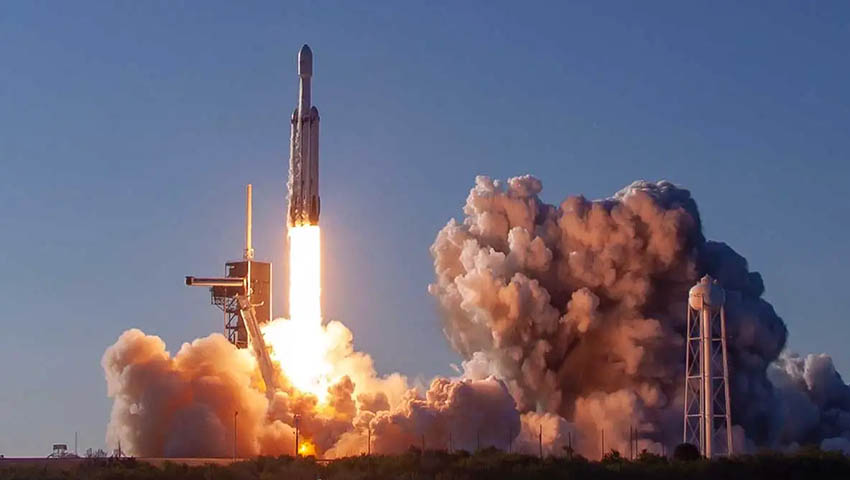A RAND study said that doing so could mitigate risk that new big rockets now under development won’t be available on time.
Under the National Security Space Launch Phase 2 Launch Service Procurement (LSP), two vendors will be selected this year for around 34 missions over the next five years starting in 2022.
One will get 60 per cent of launches, the other 40 per cent. This is serious money, with the USAF and National Reconnaissance Office expected to spend some around a billion dollars per year on national security launches.
The RAND study was conducted last year and SpaceNews obtained a copy, noting concerns had been expressed about the USAF launch procurement plans.
“These concerns led the USAF to ask us to perform an independent analysis of the heavy lift launch market to assess the impact its near-term decisions might have on domestic launch service providers,” the study said.
Right now, USAF and NRO launches are provided by United Launch Alliance and SpaceX. Blue Origin and Northrop Grumman are also expected to compete for the two Phase 2 contracts.
The RAND study does not recommend the USAF alter its decision to award the national security launch contracts to just two providers but said it should find a way to keep a third supplier in the national security market as backup.
Retaining a viable third launch provider out to at least 2023 would allow more clarity on future commercial launch demand and give the Air Force more certainty that new rockets are ready on time.
Only SpaceX is proposing to use an existing rocket, while the other companies are developing new vehicles. RAND said there is significant risk they will run late.
The SAF is now in the process of certifying the ULAs Vulcan, Northrop Grumman’s OmegA and the Blue Origin New Glenn.
RAND said new rocket engines that made space flight possible had always been high development risk and first launch dates were highly uncertain.
The study said the risk can be reduced in a number of ways.
The USAF could exercise options with ULA and SpaceX under the previous Phase 1A contract to secure use of legacy launch systems.
Alternatively, it could select a third provider under the Phase 2 contract.
That would have longer-term benefits in allowing time for US companies to position themselves in the launch markets to allow market forces rather than the USAF to determine which firms were strongest.

